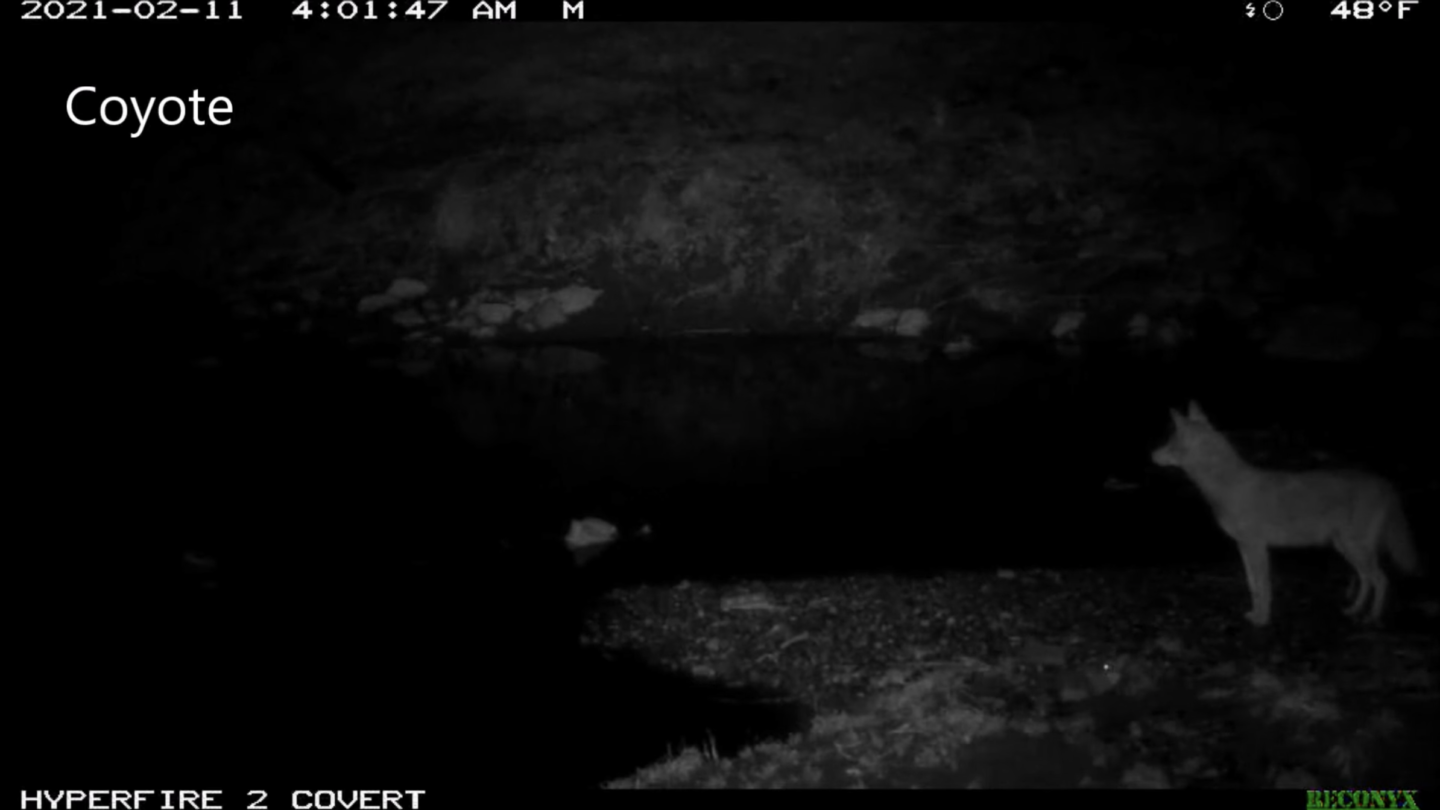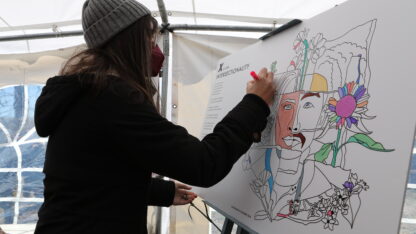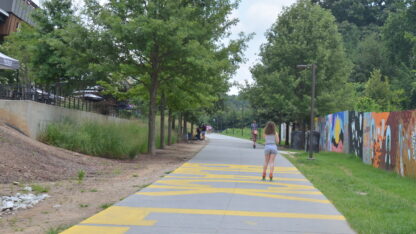Cameras along the Atlanta BeltLine reveal that wild animals enjoy the path almost as much as humans do.
Over the course of a year, six cameras have produced 28,333 files showing 57 different species amidst the BeltLine’s greenery, from flying squirrels and foxes to colorful migratory birds.
What started off as just a small idea by Trees Atlanta turned into a bigger project, according to Grace Manning, BeltLine Arboretum supervisor for Trees Atlanta.
“We talk a lot about how important the BeltLine is, obviously, as a project for connectivity for people,” Manning said. “It’s actually really great for wildlife.”
That’s because the trees and shrubs lining the path and the meadow areas are full of wildflowers. And also, Manning said, because it connects parks to each other.
“It really can act as like a highway for wildlife,” she said.
One goal of the project is to teach Atlantans what might be living in their own backyards without them even realizing it, said Gabe Andrle, habitat program manager at Georgia Audubon, which worked with Trees Atlanta on setting up the cameras.
“It was really a unique opportunity to get this really fun perspective on, you know, spaces that thousands of people are running, scootering and biking past every single day,” he said.
The cameras captured videos, photos and in some cases just the sounds of 19 mammal species, 36 birds and two amphibians.
Andrle said the cameras were triggered day and night, but the most active times for wildlife were around sunrise and sunset.
“There’s a lot of animals that tend to be crepuscular, meaning they’re active at dawn and dusk,” he said.
Andrle said he was especially excited about some of the birds, including an eastern screech owl, which is a rarity inside the Perimeter. Other highlights included flying squirrels, bats, beavers and red foxes.
Manning and Andrle said the project would not have been possible without extensive help from volunteers.
The volunteers continue to maintain the cameras, retrieve footage every month, make sure the batteries are charged and reposition the cameras to get the best views. They’re still gathering data and footage, to be able to share more of what they’ve found.
Manning said she hopes the project continues; Trees Atlanta is accepting volunteers for it.
“I find it so exciting that, like, you can really live together with so much nature without even knowing it,” she said.










